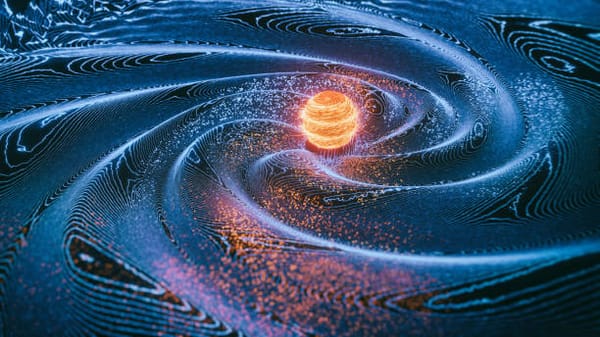The Dark Heart of the Cosmos: Understanding Black Holes
Black holes are cosmic phenomena characterized by their immense gravitational force, which is so intense that even light cannot escape their gravitational pull.
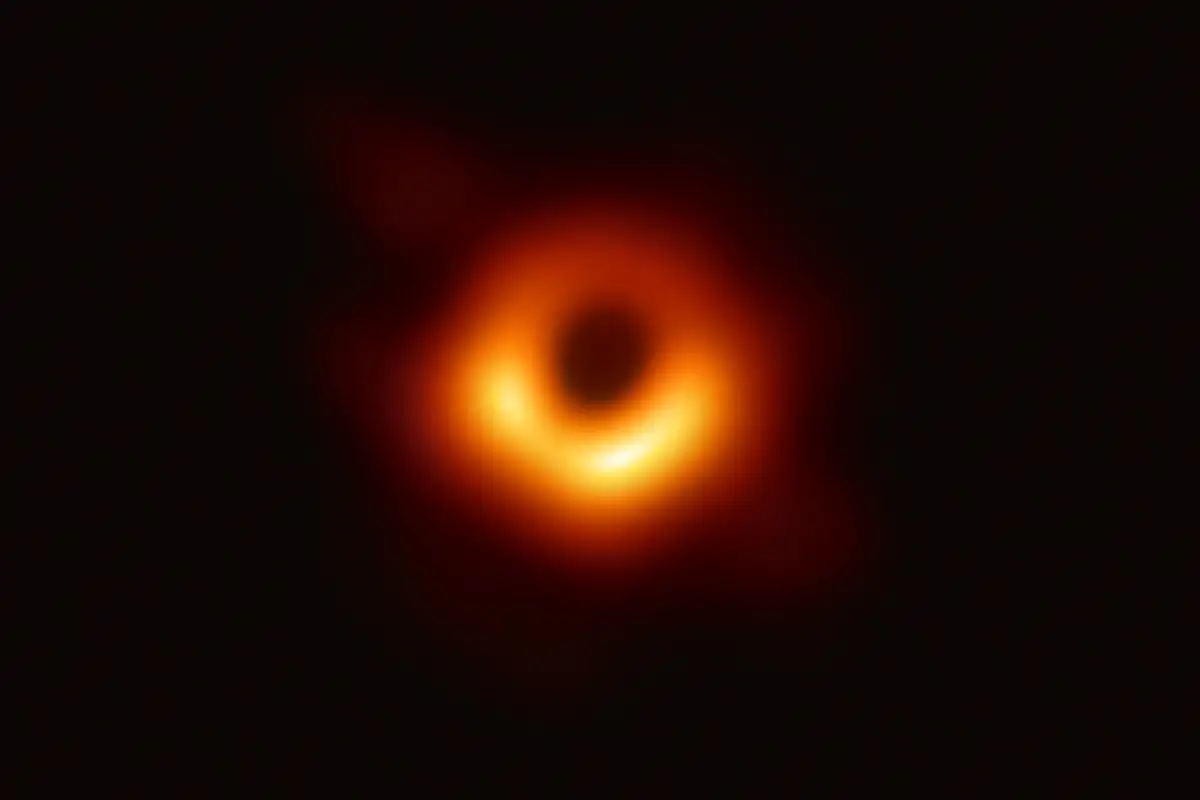
Introduction
In the vast expanse of the cosmos, there exists a mysterious and enigmatic entity known as a black hole. These celestial objects, with their immense gravitational pull, have captivated the imagination of scientists and space enthusiasts alike. In this blog, we will embark on a journey to unravel the secrets of black holes, exploring their formation, characteristics, and the profound impact they have on the fabric of the universe.
What Is a Black Hole?
Black holes are cosmic phenomena characterized by their immense gravitational force, which is so intense that even light cannot escape their gravitational pull. This gravitational strength arises from the extreme compression of matter within a confined space, often occurring during the final stages of a dying star.
Due to their nature, black holes are inherently invisible to the human eye. However, scientists utilize advanced space telescopes equipped with specialized instruments to detect and study these enigmatic entities. By observing the unique behaviors of stars in close proximity to black holes, these instruments provide valuable insights into their presence and properties. These observations shed light on the gravitational interactions and effects that distinguish them from other celestial bodies in the cosmos.
How Do Black Holes Form?
The formation of black holes occurs through two distinct mechanisms. The first pathway involves the remnants of massive stars, which undergo a remarkable transformation as they reach the end of their lives. When stars with birth masses exceeding approximately 8 to 10 times that of our sun deplete their hydrogen fuel, they undergo a cataclysmic explosion known as a supernova, leaving behind an incredibly dense and compact object—a black hole. These black holes, known as stellar mass black holes, typically possess a mass a few times that of our sun.
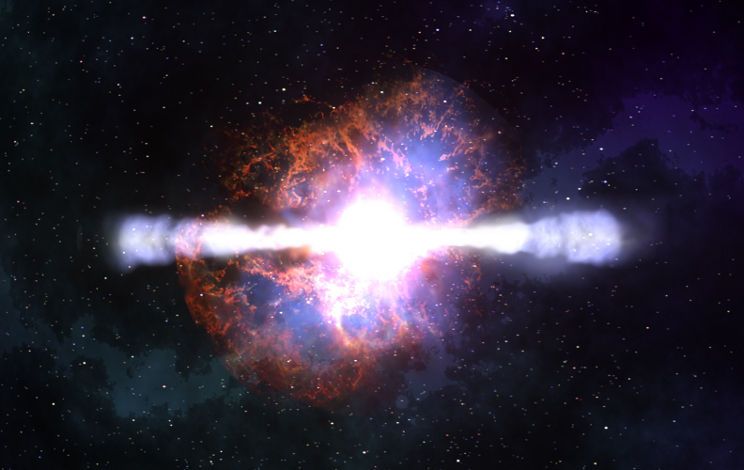
It is important to note that not all stars give rise to black holes. Stars with lower birth masses conclude their lives by forming either neutron stars or white dwarfs. However, an alternative pathway for black hole formation exists, involving the direct collapse of gas. This process occurs when an immense amount of gas collapses under its own gravity, bypassing the conventional star formation phase. As a result, these black holes, known as supermassive black holes, can possess masses ranging from 1,000 times the mass of our sun up to a staggering 100,000 times the mass of our sun. This formation pathway is believed to have been more prevalent in the early universe and is responsible for generating the seeds of more massive black holes.
How Big Are Black Holes?
Black holes exhibit a wide range of sizes, varying from the incredibly small to the immensely large. The smallest known black holes are believed to be as tiny as a single atom, yet possess a mass equivalent to that of a substantial mountain. In the realm of black holes, mass refers to the amount of matter contained within an object.
Another category of black holes is referred to as "stellar" black holes. These stellar black holes can have masses up to 20 times greater than that of our sun. Within Earth's galaxy, the Milky Way, there are likely numerous stellar black holes scattered throughout.
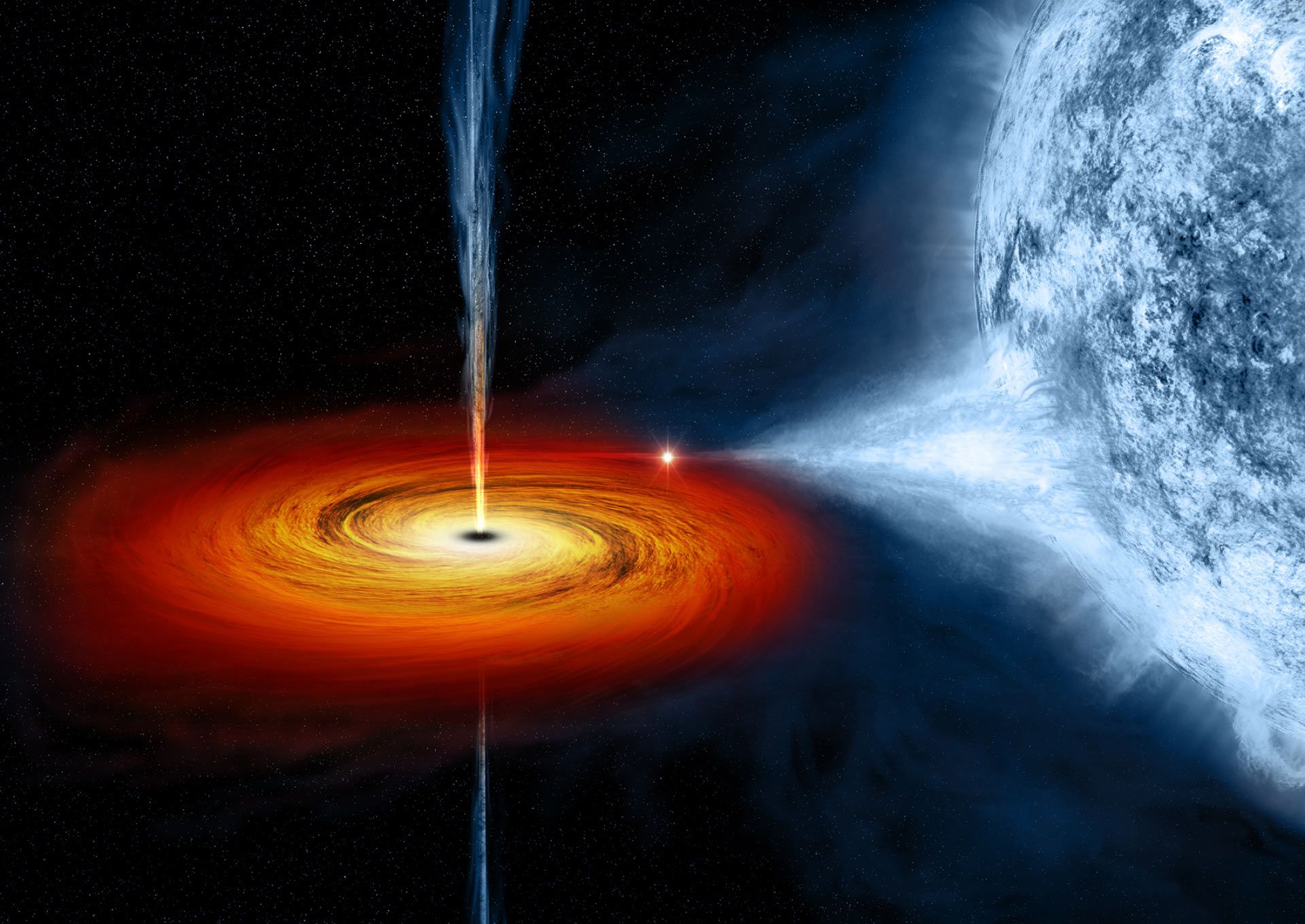
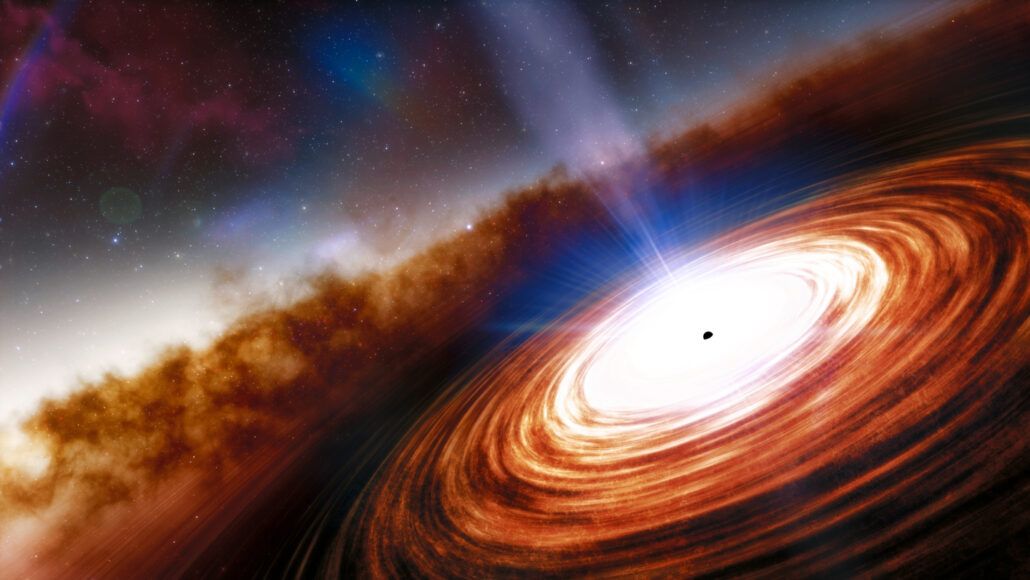
At the other end of the size spectrum are the colossal entities known as "supermassive" black holes. These black holes boast masses exceeding that of 1 million suns combined. Extensive evidence supports the notion that every large galaxy harbors a supermassive black hole at its center. Within the Milky Way galaxy, the supermassive black hole situated at the core is called Sagittarius A. It possesses a mass equivalent to approximately 4 million suns and could fit within an expansive sphere capable of accommodating a few million Earths.
How Black Hole was Discovered?
The existence of black holes was initially predicted as a precise mathematical solution derived from Einstein's equations, which describe the curvature of space in the presence of matter. Einstein's theory of general relativity establishes a profound connection between the geometry of space and the distribution of matter within it.
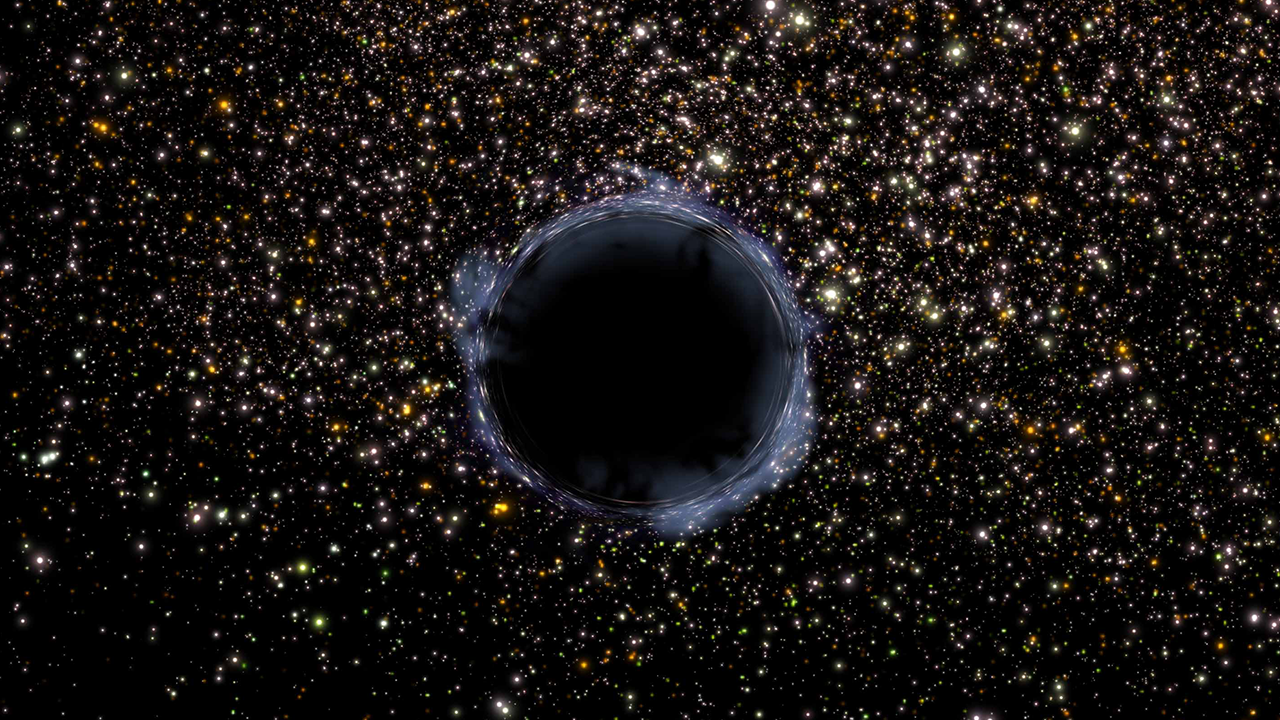
In 1915, Karl Schwarzschild discovered the solution to Einstein's equations that represented black holes. These regions, known as black holes, were identified as extreme distortions of space that created a puncture in the fabric of spacetime. However, at that time, it remained uncertain whether these mathematical solutions corresponded to real objects present in the universe. As scientific knowledge advanced and other remnants of dying stars were observed, such as pulsars—neutron stars—it became increasingly evident that black holes were indeed real and likely to exist. The first black hole ever detected was Cygnus-X1, marking a significant milestone in the confirmation of their existence.
Could a Black Hole Destroy Earth?
Contrary to popular misconceptions, black holes do not roam through space devouring stars, moons, and planets. In the case of Earth, there is no need for concern as no black hole exists in close proximity to our solar system that could pull Earth towards it.
Even if a black hole with the same mass as the sun were to replace our sun, Earth would not be destined to fall into it. The gravitational force exerted by the black hole would be equivalent to that of the sun. Consequently, Earth and the other planets would continue to orbit the black hole in a manner analogous to their current orbits around the sun.
It is important to note that the sun itself will never undergo a transformation into a black hole. This is because the sun's mass is not substantial enough to trigger the formation of a black hole. The process of black hole formation requires much larger stellar masses.
Do Black Holes Die?
Black holes, in a conventional sense, do not experience a natural demise. However, according to theoretical predictions, they are expected to undergo an extremely slow process of evaporation over vast periods of time.
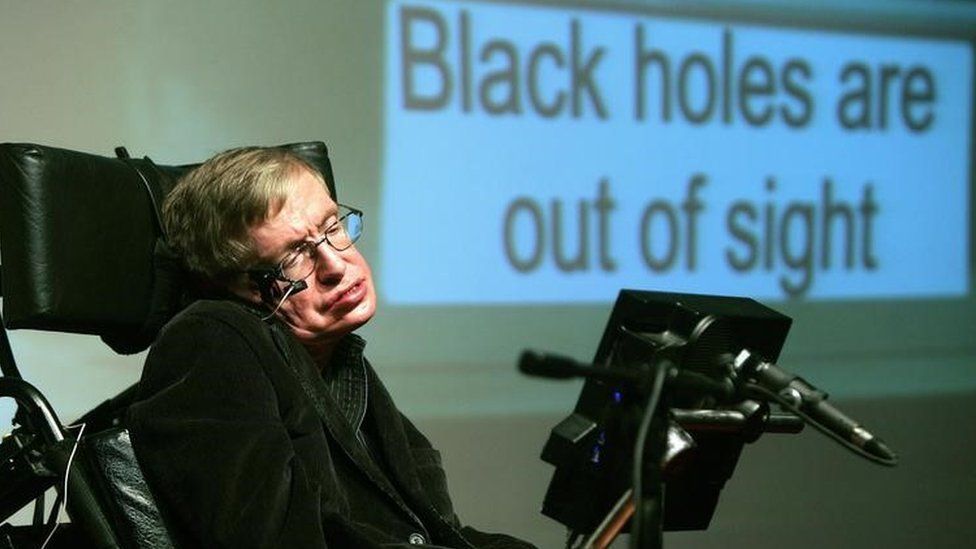
The growth of black holes occurs through the gravitational attraction and accretion of matter from their surroundings. Additionally, renowned physicist Stephen Hawking proposed that black holes can also radiate energy and gradually shrink. In the realm of quantum theory, it is postulated that virtual particles constantly emerge and vanish in a fleeting existence. These virtual particle pairs consist of a particle and its antimatter counterpart, which typically annihilate each other shortly after formation. However, near the event horizon of a black hole, peculiar phenomena unfold. Instead of immediate annihilation, one of the particles can be influenced by gravity, succumbing to the black hole's gravitational pull, while its companion escapes into space. This intricate interplay leads to a process where, over incredibly extended timeframes—far exceeding the age of our universe—these escaping particles cause the black hole to gradually dissipate and evaporate.
It is important to note that this process of black hole evaporation occurs over such immense timescales that it remains purely theoretical and has not been directly observed or confirmed.
Are Black Holes and Wormholes the Same?

Black holes should not be confused with wormholes. Wormholes can be conceptualized as tunnels that establish a connection between distinct points in space and time. While it is speculated that the interiors of black holes might harbor wormholes, which are punctures in spacetime, it is important to note that the existence of such wormholes is purely theoretical. If they were to exist, they could potentially serve as portals leading to other points in spacetime, including the possibility of accessing different universes. However, extensive research and exploration are necessary to validate the existence and properties of wormholes within black holes.
FAQs
What's inside the black hole?
Don't let the name fool you: a black hole is anything but empty space. Rather, it is a great amount of matter packed into a very small area - think of a star ten times more massive than the Sun squeezed into a sphere approximately the diameter of New York City.
How is NASA studying black holes?
NASA is using satellites and telescopes that are traveling in space to learn more about black holes. These spacecraft help scientists answer questions about the universe.
What is the biggest black hole?
Our galaxy's supersized black hole, Sagittarius A*, as seen by the Event Horizon Telescope. It contains the equivalent mass of 4.3 million Suns and lies about 26,000 light-years away.
What is the structure of a black hole?
The singularity constitutes the center of a black hole, hidden by the object’s “surface,” the event horizon. Inside the event horizon, the escape velocity exceeds the speed of light so that not even rays of light can escape into space.
Conclusion
The enigmatic nature of black holes continues to fascinate and challenge our understanding of the universe. By comprehending their formation, structure, and influence, we gain valuable insights into the fundamental laws of physics and the nature of spacetime. As we continue to explore the dark heart of the cosmos, black holes serve as windows into the mysteries that lie beyond, beckoning us to unlock the secrets of our vast universe.




